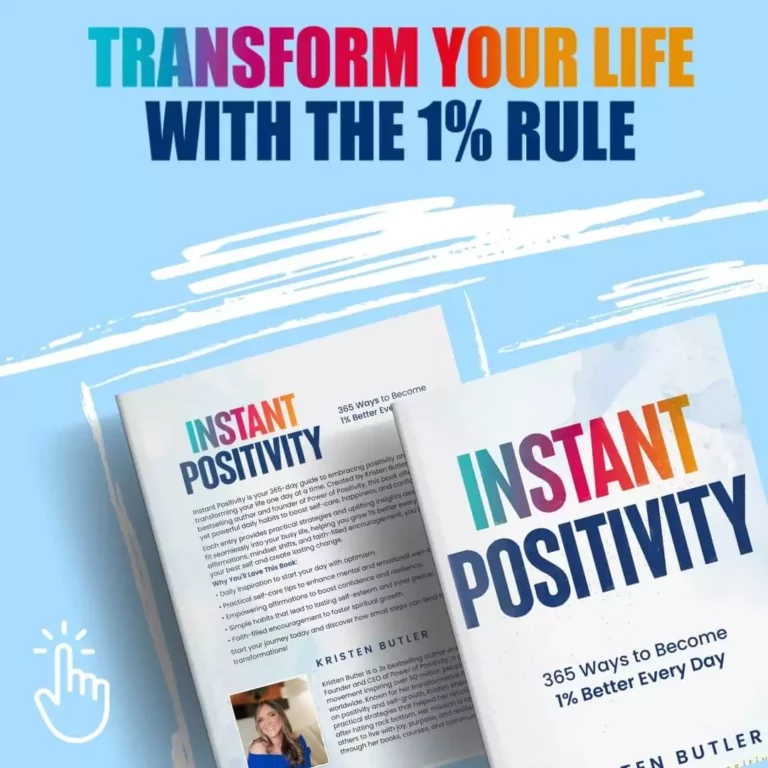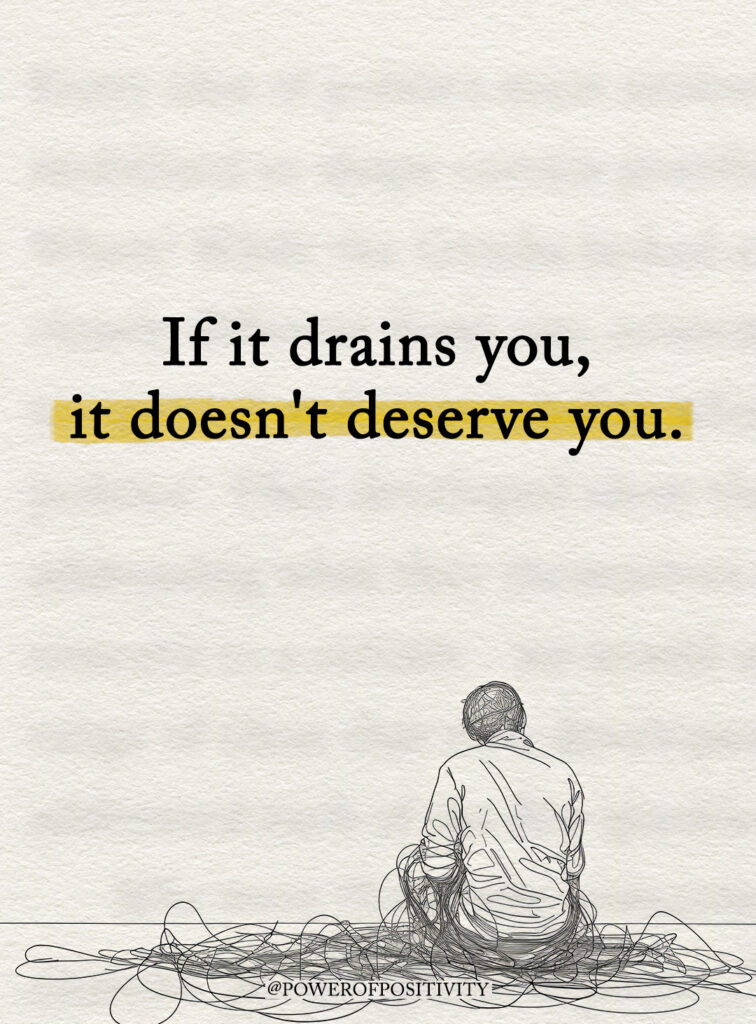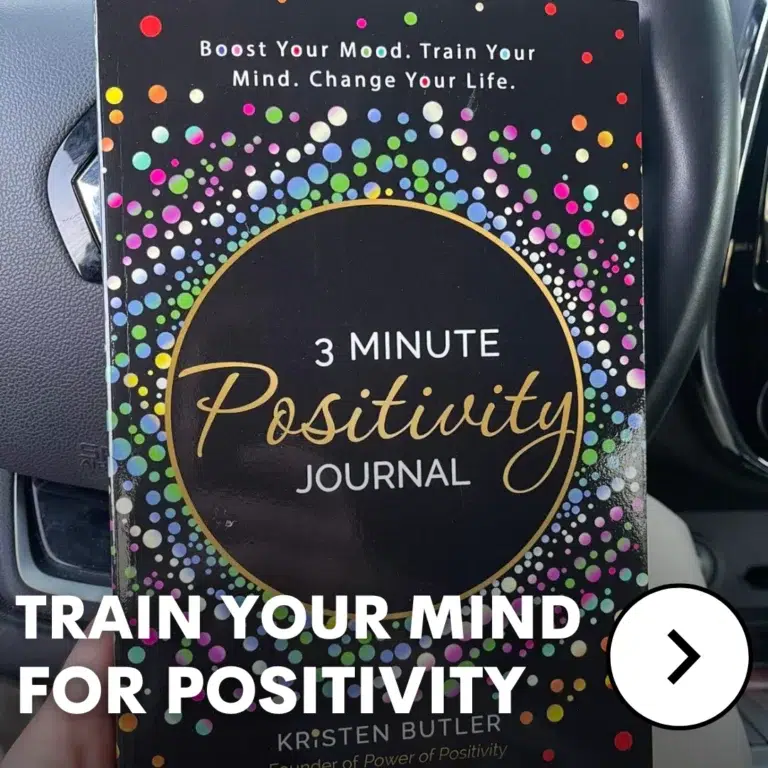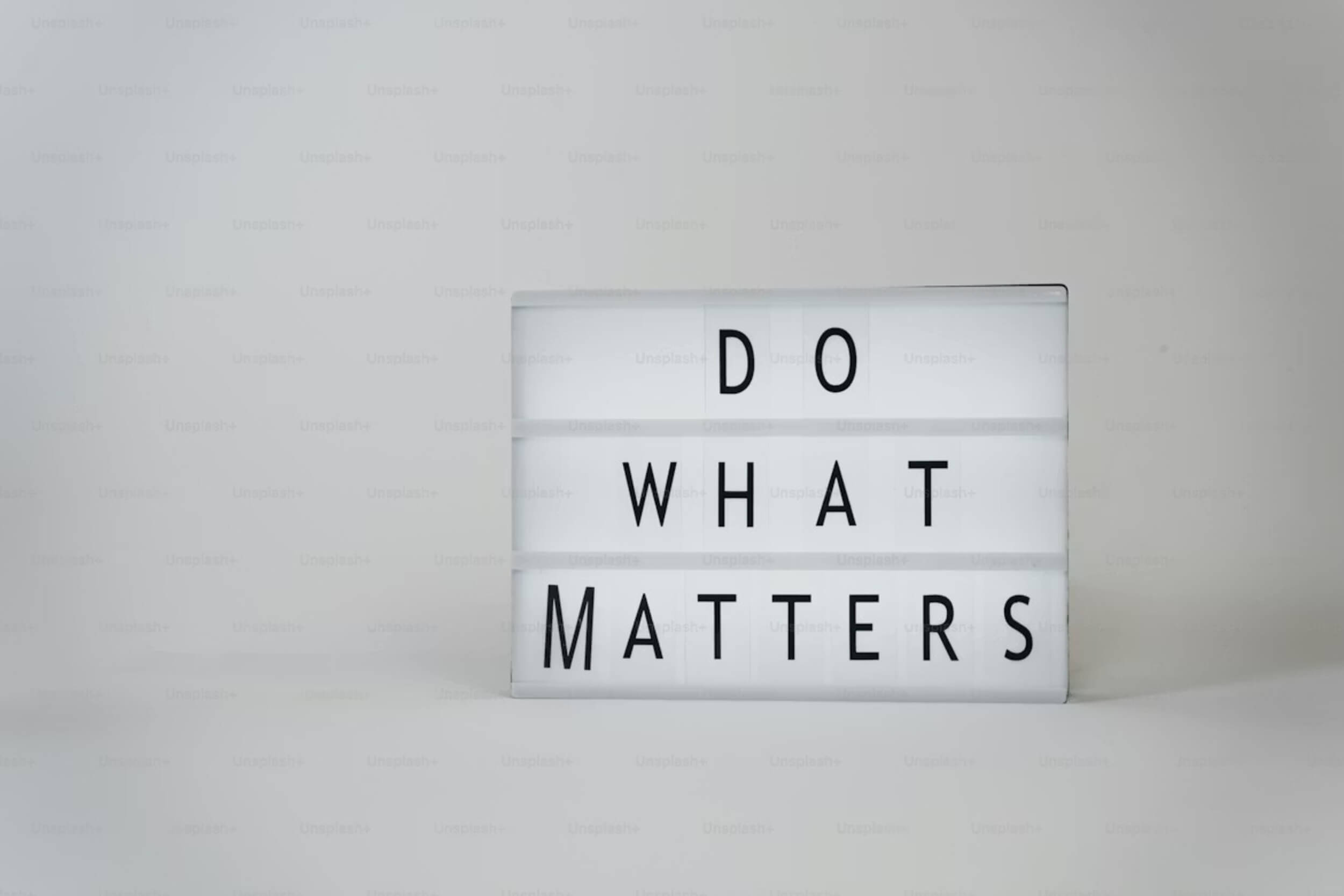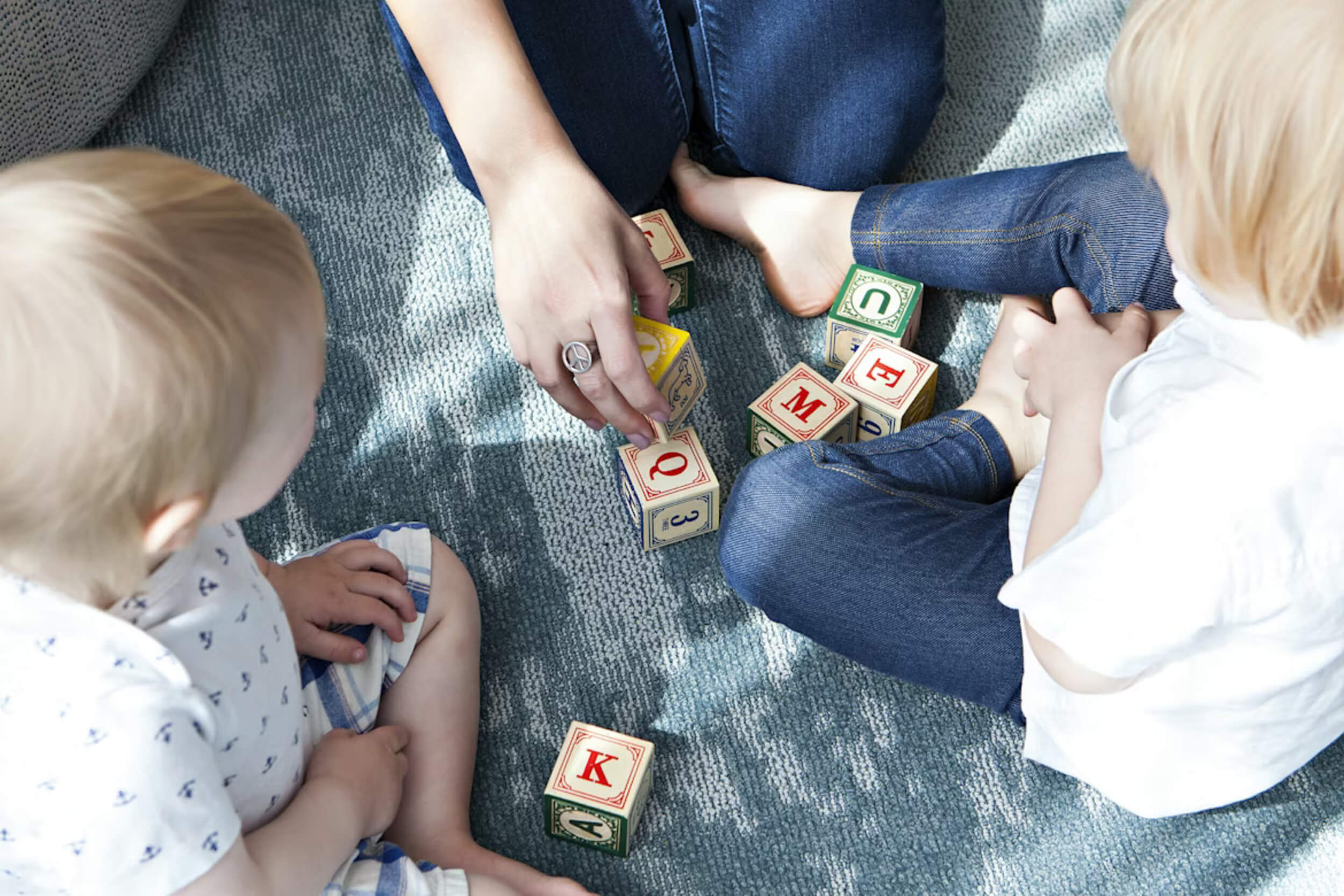When anger shows up, it doesn’t knock first — it barges in. One minute you’re fine, and the next, you’re slamming a door, snapping at someone you care about, or saying something you wish you could take back. Everyone feels that rush at times, but what matters most is what happens next.
Anger itself isn’t bad — it’s a signal. It tells you something feels unfair, painful, or out of your control. The trouble starts when that feeling takes charge before you do. That’s when emotions start running your choices instead of helping them.
Boundaries are what keep you steady in those moments. They’re not about shutting down or pretending you’re calm — they’re about protecting your peace before things go too far.
Once you learn where your limits are, you start to control anger instead of letting it control you.
The Inner Science of Anger
When anger hits, it feels instant — like flipping a switch. Inside your brain, the amygdala sounds the alarm before your logical mind even has a chance to think. Your body reacts fast: heart racing, muscles tightening, and adrenaline flooding your system. It’s your brain’s way of saying, “Get ready to fight or defend yourself.”
The problem is that this same reaction can go off in everyday situations — like when someone cuts you in line or sends a rude text. Your body doesn’t know the difference between real danger and small annoyances. When this happens too often, stress builds up and patience runs thin.
Understanding this process helps you control anger in healthier ways. It’s not about blame or shame — it’s about knowing what’s really happening inside you.
Once you understand how anger works, you can set boundaries that stop emotion from taking over.
Why Boundaries Are the First Line of Defense
Every person has emotional limits — the invisible lines that keep peace intact. Boundaries are those lines. They tell you when to step back, when to speak up, and when to stop taking in what isn’t yours.
Without them, anger spreads like spilled water — it reaches work, home, and everyone around you. With boundaries, you hold space for frustration but stop it from turning into damage.
They don’t block emotion; they manage it. Think of boundaries as your way of steering feelings in the right direction so you can control anger before it controls you.
Let’s look at the four kinds of boundaries — mental, emotional, behavioral, and relational — that help you stay calm, balanced, and in charge of your reactions.
The Boundaries That Keep Anger in Check
These boundaries aren’t rules to follow — they’re habits that build control. Each type strengthens how you respond instead of react.
Mental Boundaries: Training the Mind Before It Overheats
Anger starts with thoughts — one spark that turns into fire if left unchecked. Mental boundaries help you stay in charge of those thoughts.
1. Separate What You Feel From What You Know
Not everything you think while angry is true. A simple pause can save you from reacting too soon.
For example:
- When someone cuts you off in traffic, you might think, “They did it on purpose.”
- Reality: They probably didn’t see you.
That quick check-in between emotion and fact is where control lives.
2. Limit the Mental Replay
Replaying an argument keeps anger alive. Mental boundaries remind you to switch from “Why did they do that?” to “What can I do next time?”
Here’s how:
- Distract your mind with movement, music, or fresh air.
- Focus on what you can change, not what you can’t.
Keeping your thoughts steady helps you control anger before it builds up.
When your thinking stays balanced, your reactions follow naturally.
Emotional Boundaries: Protecting Your Inner Space
Emotions can spread fast — especially when anger is in the room. Emotional boundaries protect you from taking on feelings that aren’t yours.
1. Notice When You’re Absorbing Other People’s Anger
You’ve probably felt tense just being near someone upset. Emotional boundaries remind you that empathy doesn’t mean ownership.
Try this:
- Before reacting, ask, “Is this my emotion or theirs?”
- If it’s not yours, breathe and let it pass through.
2. Step Away Without Guilt
When emotions get loud, a short break can save the day. Saying “I need a moment” is not weakness — it’s emotional strength.
That space keeps your feelings from turning into an outburst.
3. Stay Calm Without Feeling Cold
You don’t need to match someone else’s anger to show you care. Calm doesn’t mean careless — it means controlled.
Protecting your peace is how you continue to control anger in tense situations.
Once you guard your emotions, you give yourself room to act with intention instead of impulse.
Behavioral Boundaries: Reshaping How You Respond
Behavioral boundaries are about what you do when anger shows up. These habits help you pause, think, and respond with clarity.
1. Cool Off Before You Communicate
Anger wants fast reactions, but good communication needs calm.
Try these small shifts:
- Don’t text, post, or decide anything when you’re heated.
- Walk away, count to ten, or take a few deep breaths.
You can’t control anger completely, but you can delay it long enough for logic to return.
2. Use the “Two-Minute Rule”
Before responding, wait two minutes. If you still feel strongly, then express it — calmly.
You’ll be surprised how many things stop feeling worth it after a pause.
3. Describe, Don’t Blame
Blame adds fire to every fight. Replace “You always make me mad” with “I get frustrated when this happens.”
This small change lowers defensiveness and opens the door to understanding.
Boundaries like these teach you that self-control isn’t silence — it’s wisdom in action.
Actions guided by boundaries turn anger into respect, not regret.
Relational Boundaries: Keeping Peace in Connections
Anger often grows fastest where emotions are closest — with family, partners, or coworkers. Relational boundaries protect these connections.
1. Set Clear Lines Early
Think about what behaviors you won’t accept — raised voices, insults, or ignoring each other.
Say it calmly: “I can talk, but not if we’re yelling.”
Following through on this teaches others how to treat you.
2. Step Out of Power Struggles
You don’t need to “win” every argument. Sometimes walking away is how you control anger and protect the relationship.
Power struggles drain energy — peace restores it.
3. Focus on Repair, Not Revenge
After a conflict, take time to cool down before reconnecting.
Say, “I care about us, and I want to understand what happened.”
Repairing builds trust, while holding grudges only keeps anger alive.
Strong relationships come from clear communication, not constant confrontation.
The Psychology of Why Boundaries Work
Setting boundaries actually changes how your brain handles anger. It moves control from the emotional center (amygdala) to the reasoning part (prefrontal cortex).
That’s why taking a pause or walking away feels powerful — it gives logic time to catch up before emotion takes charge.
Studies show people who set clear emotional limits have lower stress hormones and less reactivity over time.
These habits don’t erase anger; they teach your body what safety feels like.
Boundaries prove that controlling anger isn’t about pretending you’re calm — it’s about teaching your brain a calmer way to respond.
And if control still feels out of reach, there’s help available to guide you toward lasting calm.
When Anger Needs More Than Boundaries
Some anger runs deeper than daily stress. If it’s hurting your relationships, your work, or your health, professional support can help.
Therapies like Cognitive Behavioral Therapy (CBT) and mindfulness programs teach new ways to identify triggers and handle emotion safely.
Group sessions can also show you that you’re not alone — others struggle too.
Reaching out for help isn’t weakness; it’s one more way to control anger with intention and care.
Admitting “I need support” might be the strongest boundary you’ll ever set.
Final Thoughts: Boundaries as Everyday Peacekeepers
Anger will always show up — but you get to decide how far it goes.
Each boundary you build protects your time, your energy, and your peace of mind.
Real control isn’t about holding anger in; it’s about handling it wisely.
When you set clear lines, anger becomes less of an enemy and more of a teacher.
It reminds you where your limits are — and how strong you’ve become for honoring them.
That’s how you control anger before it ever controls you.




